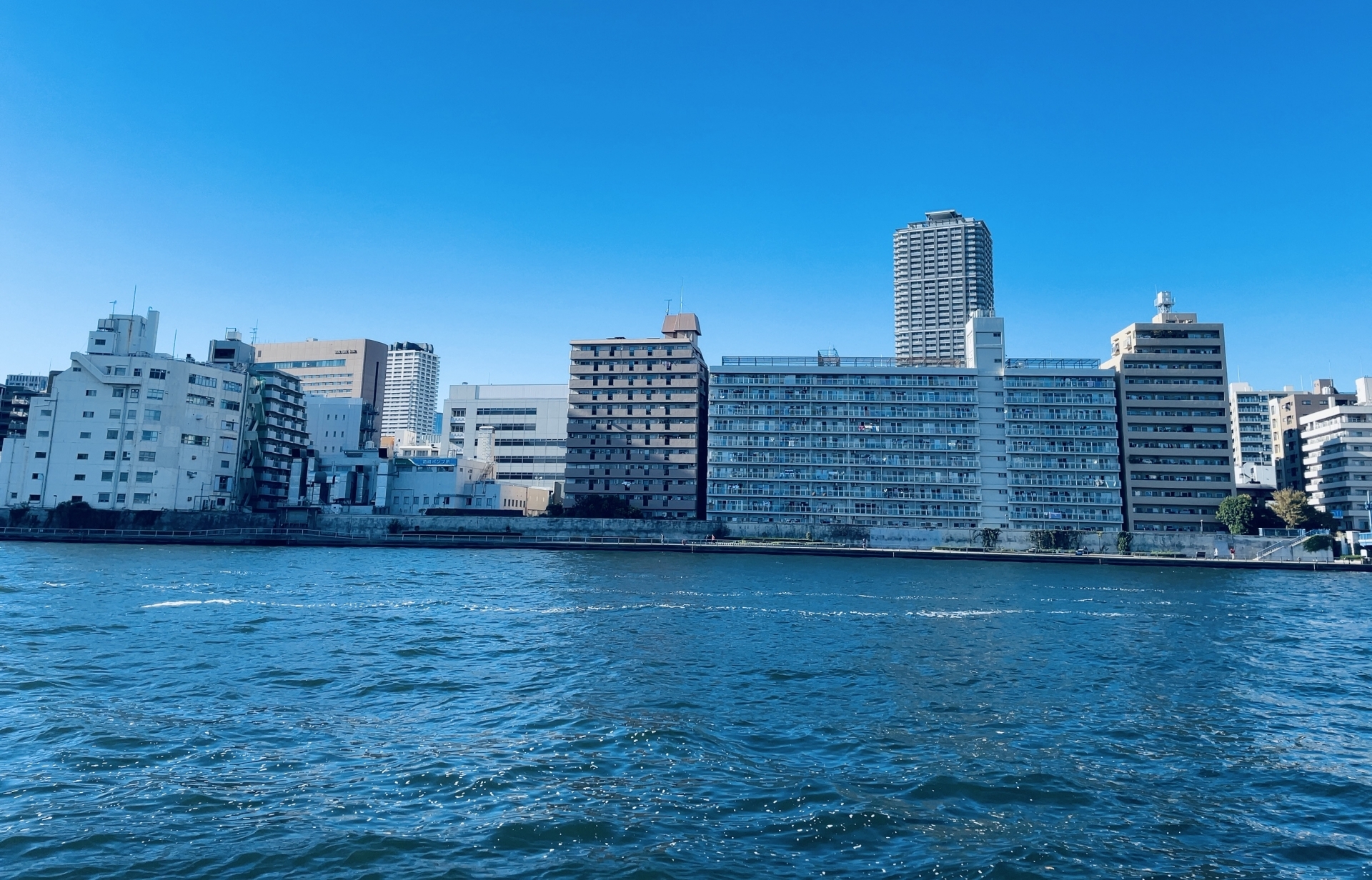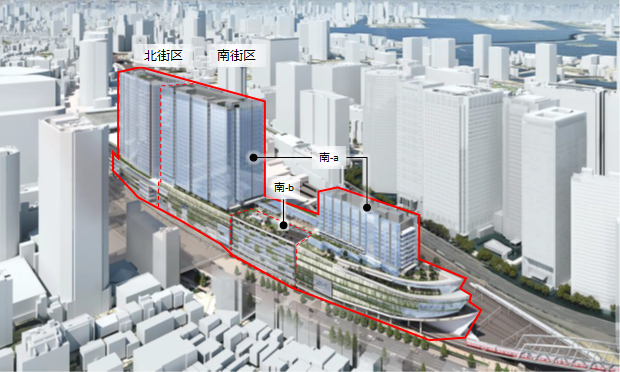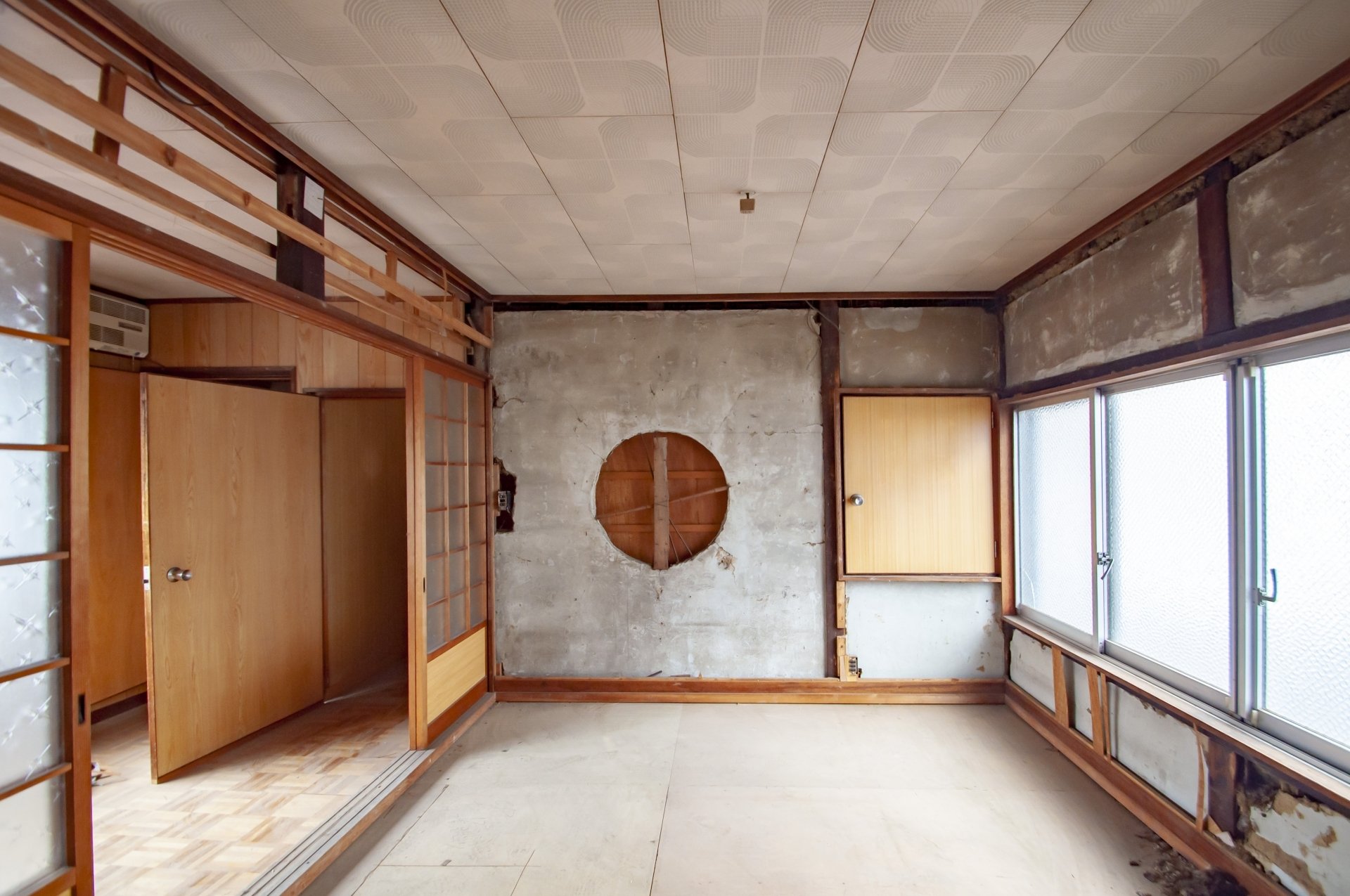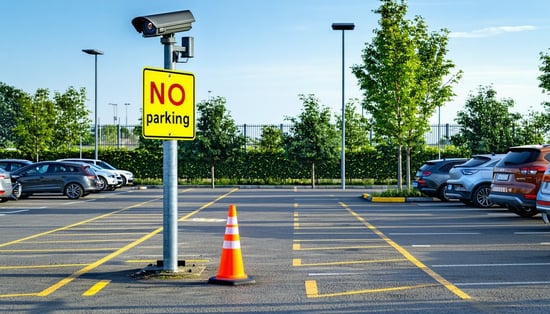For property owners, building safety management is one of their most important responsibilities. In particular, the statutory inspection of fire extinguishers is a duty strictly defined by the Fire Service Law, and failure to properly manage fire extinguishers may result in legal liability.
In recent years, with the expansion of real estate investment, many people have become owners of rental properties, but we have seen many cases in which they do not fully understand the duty to inspect fire extinguishers. Fire extinguishers play an extremely important role in the initial extinguishing of fires, and regular inspections to maintain their function are essential to protect the lives and property of tenants.
In this article, we will explain in detail the legal inspection deadlines for fire extinguishers based on the knowledge we have accumulated as INA&Associates in our daily involvement in property management. From the legal basis for inspections to specific implementation methods and cost rates, we provide comprehensive information that property owners should know.
Proper fire extinguisher management is not merely the fulfillment of legal obligations; it is also an important element that directly leads to building a relationship of trust with tenants and maintaining and improving property value. We hope that through this article, you will acquire the correct knowledge regarding fire extinguisher management and realize safe and high-value real estate management.
Legal Basis and Basic Concepts of the Legal Inspection Obligation of Fire Extinguishers
Inspection obligation based on Article 17-3-3 of the Fire Service Act
Statutory inspection of fire extinguishers is a legal obligation to be performed in accordance with Article 17-3-3 of the Fire Service Act. This law is enacted for the purpose of maintaining the functions of fire-fighting equipment, etc. installed in fire-preventive objects and ensuring that they are in reliable operation in the event of a fire.
The Fire Service Law requires persons concerned in buildings where fire-fighting equipment, including fire extinguishers, are installed to conduct periodic inspections and to report the results to the fire department. Since "related parties" include the owner, manager, and occupant of the building, property owners are naturally obligated to comply with this obligation.
Buildings subject to the legal obligation are classified in detail according to use and size, and many common types of rental housing, office buildings, and stores fall under this category. Particular attention should be paid to apartment buildings (apartments and condominiums), offices, stores, factories, and warehouses, as these buildings are often subject to the inspection obligation regardless of their area or number of floors.
Types of Inspections and Frequency of Inspection
Statutory inspections of fire extinguishers are classified into two types: equipment inspections and comprehensive inspections. Equipment inspections are required to be conducted at least once every six months, and are generally conducted twice a year (spring and fall).
The equipment inspection includes a visual inspection of the extinguisher, confirmation of the installation status, and inspection of the contents of the labeling. Specifically, the inspectors check for damage or corrosion on the extinguisher itself, whether it is installed in an appropriate location, and whether the instructions for use are clearly visible.
Comprehensive inspections, on the other hand, are conducted at least once a year and are more detailed than equipment inspections. Comprehensive inspections include inspections that require specialized skills, such as checking the internal functions and radiation performance of fire extinguishers, and must therefore usually be conducted by a qualified person such as a firefighting equipment technician.
Obligation to Report Inspection Results
After an inspection is conducted, the results must be reported to the local fire department. The frequency of reporting depends on the use of the building, and is required once a year for specified fire preventive objects (buildings used by many unspecified people) and once every three years for non-specified fire preventive objects (buildings used by specific people).
The report must include the date and time of the inspection, the name and qualifications of the inspector, details of the inspection results, and remedial measures taken if any defects are found. Failure to report or making a false report may result in penalties as a violation of the Fire Service Act, so appropriate action is required.
Penalties and Legal Risks for Violations
Violation of the legal inspection obligation of fire extinguishers may result in penalties under the Fire Service Law. Specifically, you may be subject to a fine of up to 300,000 yen or detention. In addition, if the failure to conduct inspections results in the inability to properly extinguish the fire in the event of a fire, resulting in the spread of damage, the owner may be held liable for civil damages.
For property owners, pursuing legal liability is a serious matter that can lead not only to economic loss but also to loss of social credibility. In particular, preventive measures are extremely important, as a failure in safety management involving the lives and property of tenants can have a serious impact on long-term business operations.
Furthermore, some insurance companies have clauses that limit fire insurance coverage in the event that legal inspections are not properly performed. Fulfillment of legal obligations is therefore also an essential requirement for receiving adequate compensation through insurance.
Details on fire extinguisher inspection deadlines and replacement dates
Inspection schedule for different types of fire extinguishers
Fire extinguisher inspection deadlines are regulated differently depending on the type of extinguisher and the year of manufacture. In order for property owners to properly manage their fire extinguishers, it is important to accurately identify the types of extinguishers installed and maintain an inspection schedule for each.
| Type of fire extinguisher | Equipment Inspection Frequency | Comprehensive Inspection Frequency | Internal Inspection Start Date | Design Standard Use Period |
|---|---|---|---|---|
| Storage type fire extinguisher | Once every 6 months | Once a year | From 6 years after manufacture | 8 to 10 years |
| Pressurized fire extinguishers | Once every 6 months | Once a year | From 4 years after manufacture | 8 to 10 years |
| Residential fire extinguishers | Once every 6 months | Once a year | From 5 years after manufacture | 5 years |
Most of the fire extinguishers installed in buildings today are storage-type extinguishers, which require an internal inspection after the sixth year of manufacture. Internal inspections involve disassembling the extinguishers to check their internal condition in detail, which requires specialized skills and equipment, and in many cases, replacement with a new extinguisher is the preferred option.
How to Check the Year of Manufacture and Key Points for Management
The year of manufacture of a fire extinguisher can be confirmed by a label or stamp affixed to the body. The year of manufacture may be indicated by a year and month, such as "March 2024," or by a number, such as "2024.03. Property owners should periodically check the year of manufacture of installed fire extinguishers to properly manage the timing of inspections and replacements.
Of particular note is the fact that for storage-type fire extinguishers, internal inspections are mandatory after six years of manufacture. Since internal inspections require specialized skills and equipment, and inspection costs are high, in most cases it is economical to consider replacing fire extinguishers with new ones around the six-year mark.
Fire Extinguisher Replacement Timing and Criteria
When to replace a fire extinguisher should be judged from the standpoint of both legal obligation and economic rationality. Legally, it is not recommended to use fire extinguishers beyond their design standard service life, and extinguishers that are past their expiration date should be replaced promptly.
From an economic standpoint, it is important to weigh the cost of internal inspections against the cost of purchasing new extinguishers. Internal inspections often cost between 8,000 yen and 15,000 yen per extinguisher, which is not significantly different from the cost of purchasing a new extinguisher (between 5,000 yen and 10,000 yen), so many property owners choose to replace extinguishers around six years.
Situations Requiring Urgent Replacement
Even if the design standard usage period has not been reached, emergency replacement is required under the following circumstances
If the extinguisher body is found to be corroded, scratched, deformed, or otherwise out of shape in appearance, it must be replaced immediately, as there may be a problem with its function as an internal pressure vessel. In particular, it is important to periodically check the appearance of fire extinguishers that are installed outdoors or in a humid environment, as they are prone to corrosion.
In addition, if the pressure gauge of the extinguisher does not show the normal range, if the safety valve is damaged, or if there is damage to the hose or jet, the function of the extinguisher may be impaired and must be replaced promptly.
Obligation to Maintain and Preserve Inspection Records
When fire extinguishers are inspected, detailed records must be prepared and properly stored. The inspection records must include the date of inspection, the name and qualifications of the inspector, details of the inspection results, and any defects found and actions taken.
These records may be required to be presented during on-site inspections by the fire department, and are also important evidence in the event of a fire insurance claim or legal liability. Therefore, it is recommended that inspection records be kept for at least three years, and preferably continuously throughout the life of the fire extinguisher.
Record management through digitization is also an effective means. By utilizing cloud services, it is possible to centrally manage inspection records for multiple properties and use an automatic notification function for when inspections are due. The introduction of such a management system will greatly contribute to improving the operational efficiency of property owners and ensuring the fulfillment of legal obligations.
Fire extinguisher inspection cost rates and points to consider when selecting a contractor
Components of Inspection Costs and Market Prices
Fire extinguisher inspection costs vary widely depending on the type of inspection, the size of the building, the quantity of fire extinguishers installed, and the region. It is important for property owners to understand the components of the cost and the market price in order to plan an appropriate budget.
| Inspection Item | Cost price (per unit) | Remarks |
|---|---|---|
| Equipment inspection (exterior inspection) | 3,000 - 7,000 yen | Conducted twice a year |
| Comprehensive inspection (functional inspection) | 4,000 - 8,000 yen | Once a year |
| Internal inspection | 8,000-15,000 yen | After the 6th year of manufacture |
| Fire extinguisher replacement | 5,000 yen to 12,000 yen | Main unit price + installation fee |
| Reporting fee | 10,000 - 30,000 yen | Cost for an Entire Building |
The inspection cost for an entire building is as follows, depending on the size of the building.
| Building size | Annual Inspection Fee | Example of facilities to be inspected |
|---|---|---|
| Small apartment (less than 300 m2) | 20,000 - 40,000 yen | Fire extinguishers, guide lights |
| Mid-size apartment (300 - 1,000 m2) | 30,000 - 80,000 yen | Fire extinguisher, automatic fire alarm system, guide lights |
| Large-scale condominiums (1,000 m2 or larger) | 50,000 - 150,000 yen | Fire extinguishers, automatic fire alarm systems, sprinklers, etc. |
These costs include inspection work, report preparation, transportation, etc. However, it is important to obtain a detailed estimate since the fee structure differs from contractor to contractor.
Important Points in Selecting a Contractor
Fire extinguisher inspection work must be performed by a qualified fire extinguisher inspector or fire equipment inspector. When selecting a contractor, it is most important to first confirm that the contractor has appropriately qualified technicians on staff.
The following are characteristics of a reliable contractor. First, the contractor must have a certified fire safety engineer on staff and ready to perform inspections in person. Another important factor is that they work closely with the local fire department, and are promptly informed of changes in laws and regulations and new standards.
Furthermore, it is advisable to select a contractor that is able to report inspection results promptly and accurately, and to propose specific measures to be taken if any problems are found. In particular, a contractor that has an emergency response system in place and a 24/7 contact system is a reassuring partner for property owners.
Importance of Obtaining Quotes from Multiple Contractors
The cost of fire extinguisher inspections varies widely from contractor to contractor, so it is always important to obtain and compare quotes from multiple contractors. When comparing quotes, it is necessary to confirm not only the simple price, but also the details of the service.
Key points in comparing quotes include a comprehensive evaluation of the details of inspection items, quality of equipment and materials used, after-sales service, and emergency response system. It is also effective to consider cost-effectiveness from a long-term perspective, as some companies offer discounts for annual or multi-year contracts.
Comparative study of in-house management versus outsourced contractors
Small property owners are often faced with the difficult decision of whether to conduct fire extinguisher inspections in-house or outsource them to a professional contractor. If they choose to conduct inspections in-house, they will need to obtain fire extinguisher inspection certification, and they will need to consider the cost of certification, ongoing training, and the purchase of inspection equipment.
On the other hand, outsourcing to a professional contractor has the advantages of reliable technical capabilities and decentralization of legal responsibility, but also entails ongoing cost burdens. In general, outsourcing to contractors tends to be more economical when the number of properties managed is small, while in-house qualification and in-house production tends to be more economical when a large number of properties are managed.
Quality Control and Evaluation of Inspection Services
In order to properly manage the quality of outsourced inspection work, it is important to conduct periodic evaluations of the work. Evaluation items include the accuracy of inspection work, the level of detail in the report, the speed of response when defects are discovered, and the thoroughness of compliance with laws and regulations, and an objective evaluation is conducted.
Complaints and requests from tenants and items pointed out by the fire department are also important elements in the evaluation of contractors. By comprehensively analyzing this information and, if necessary, considering changes in contractors or revisions to contract terms and conditions, continuous quality improvement can be achieved.
It is important to position quality inspection services as an appropriate investment, as they not only fulfill legal obligations, but are directly related to ensuring the safety of tenants and maintaining and improving property value.
Practical Fire Extinguisher Management and Inspection Procedures
Best Practices for Routine Fire Extinguisher Management
Effective fire extinguisher management begins not only with statutory inspections, but also with the establishment of a daily management system. The first management procedure that property owners should implement is the creation of a control ledger that records the location, year of manufacture, and model of all fire extinguishers.
The control ledger should include information such as the unique number of each fire extinguisher, details of its location, date of manufacture, date of last inspection, date of next scheduled inspection, and date of scheduled replacement. Digitizing this ledger and managing it with cloud services will enable efficient management of multiple properties.
Another important management element is to provide appropriate information to tenants. Clearly indicating the location of fire extinguishers and posting instructions on how to use them in easy-to-read locations will enable quick response in the event of an emergency. Holding periodic disaster prevention briefings for tenants will also contribute to raising safety awareness and increasing the value of the property.
Specific Procedures for Equipment Inspections
Equipment inspections are basic inspections conducted once every six months and include detailed checks of the following items
Visual inspection visually checks for corrosion, scratches, and deformation on the body of the extinguisher. In particular, damage to the body of the fire extinguisher, which is a pressure vessel, can cause it to rupture or malfunction during use, so it must be inspected with the utmost care. The condition of labels and indications are also checked to ensure that the date of manufacture, method of use, inspection records, etc. are clearly legible.
The condition of the installation should be checked to ensure that the extinguisher is installed in an appropriate location, that there are no obstructions in the surrounding area, and that it is easily accessible. Since fire extinguishers must be installed in a location that is quickly accessible in the event of a fire, it is important to regularly check that they are not hidden by stacked items or furniture placement.
Functional checks include the condition of the safety valve, the pressure gauge reading, and the condition of the hose and jet. Confirm that the pressure gauge indicates the normal range (green range), and if there is any abnormality, immediately replace or arrange for repair.
Comprehensive Inspection Contents and Points to Note
The comprehensive inspection is a detailed inspection conducted once a year, and in addition to the equipment inspection items, more specialized inspections are conducted. In the emission test, fire extinguishers are actually operated to check their emission performance, which requires specialized techniques and an appropriate location.
In the internal function check, fire extinguishers are disassembled and their internal conditions are inspected in detail. The condition of the extinguishing agent, corrosion and damage to internal parts, deterioration of seals and packing, etc. are checked, and parts are replaced or the agent is refilled as necessary.
Comprehensive inspections require a high level of expertise and skill, and usually must be performed by a certified firefighting equipment technician or other qualified person. It is difficult for property owners to conduct these inspections directly, so they are generally outsourced to reliable specialist contractors.
How to Create and Manage Inspection Records
When an inspection is conducted, it is a legal obligation to make detailed records and properly manage them. Inspection records include the date and time of the inspection, the name and qualifications of the inspector, the results of each inspection item, any defects found and the corresponding measures, and the scheduled date of the next inspection.
When preparing the record, objective and concrete descriptions should be kept in mind, and subjective judgments and ambiguous expressions should be avoided. Photographic records are also effective, especially when defects are found, and a photographic record of the situation is useful for later confirmation and information sharing with contractors.
Record management through digitization offers advantages such as improved searchability, data preservation, and information sharing at multiple locations. By utilizing a cloud-based management system, functions such as automatic notification of inspection timing, centralized management of history, and automatic generation of reports can be used.
Response protocols when defects are discovered
If a defect is discovered in a fire extinguisher as a result of an inspection, a prompt and appropriate response is required. Minor defects may be corrected by cleaning or adjustment, but safety-related defects require immediate cessation of use and arrangements for replacement or repair.
Failures of an urgent nature include pressure gauge malfunctions, damage to the main unit, and safety device malfunctions. If any of these defects are discovered, the affected fire extinguishers should be immediately taken out of service and alternative extinguishers should be installed urgently or temporary safety measures should be put in place.
Defect response records are also an important management element, detailing the date and time of discovery, nature of the defect, response actions taken, date and time of completion, and the person who verified the defect. These records are also used to formulate future preventive maintenance plans and as evidence in the event of an insurance claim.
Communication with Residents
Proper communication with occupants is extremely important in fire extinguisher management. Through advance notification of inspections, reporting inspection results, and explaining how to use fire extinguishers, we strive to raise residents' safety awareness and build a cooperative system.
In particular, it is important to provide sufficient explanation in advance to gain the understanding and cooperation of tenants regarding temporary entry for inspection work, or a short period of suspension of use for fire extinguisher replacement. Transparent communication also contributes to building trust with tenants and improving long-term occupancy rates.
In summary, proper fire extinguisher management ensures safe real estate operations.
Importance of Fulfilling Legal Obligations and Impact on Management
Legal inspections of fire extinguishers are not merely the fulfillment of legal obligations, but are an important element in the foundation of real estate management. Proper inspection and management provides multifaceted benefits, such as ensuring the safety of tenants, avoiding legal risks, maintaining and improving property values, and ensuring appropriate compensation through insurance.
What we realize through our property management experience at INA&Associates is that a sincere commitment to safety management is the foundation for building trusting relationships with tenants and long-term business success. Fire extinguisher management is an important core component of this safety management and an essential element in fulfilling our professional responsibilities.
Establishing an Effective Management System
To achieve effective fire extinguisher management, it is essential to establish a systematic management system. A comprehensive approach is required, including the maintenance of a management ledger, establishment of inspection schedules, building long-term partnerships with reliable vendors, and the use of digital technology to improve operational efficiency.
For property owners managing multiple properties in particular, implementing a centralized management system is key to improving operational efficiency and quality. By utilizing a cloud-based management system, property owners can take advantage of functions such as automatic notification of inspection timing, centralized management of history, and cost analysis to enable more strategic property management.
Continuous Improvement and Quality Enhancement
Fire extinguisher management is not a task that can be completed once a system is established, but one that requires continuous improvement and quality enhancement. It is important to regularly review and improve management methods to respond to changes in laws and regulations, technological advances, and changing tenant needs.
Continuing to acquire the latest knowledge and skills by exchanging information with other property owners, participating in industry associations, and attending specialized seminars is also essential for professional growth and business development.
Next Action Steps
After reading this article, we recommend the following action steps for property owners.
First, conduct a detailed survey of the installation and inspection status of fire extinguishers for all properties currently under your management, and create a management ledger. Next, check the status of statutory inspections, and if there are any inspections that have not been performed, promptly request a professional contractor to perform them.
Furthermore, obtain quotes from multiple inspection contractors and consider entering into a long-term contract with a cost-effective contractor. Finally, consider implementing a digital management system to improve operational efficiency and quality.
Proper fire extinguisher management is an important investment in achieving sustainable business growth as well as fulfilling your social responsibility as a property owner. We hope this article will help you manage your real estate operations safely and with high value.
Frequently Asked Questions
Q1: What are the penalties for failing to inspect fire extinguishers?
Failure to perform a statutory inspection of fire extinguishers may result in a fine of up to 300,000 yen or detention in accordance with Article 44 of the Fire Service Law. In addition, if the damage is caused by failure to properly extinguish a fire in its initial stages due to a violation of inspection duty, you may be held liable for civil damages.
Furthermore, economic risks must also be considered, as some fire insurance policy clauses may limit coverage for failure to properly perform legal inspections. Fulfillment of legal obligations is extremely important from a risk management perspective.
Q2: Is a statutory inspection of fire extinguishers required even for small apartments?
Yes, regardless of the size of the building, apartment buildings (apartments and condominiums) are required to have fire extinguishers installed and legally inspected. Under the Fire Service Law, most common rental apartments are subject to mandatory inspections, although there are exceptions based on total floor area and number of floors.
Specific applicable standards are defined in detail according to the use, structure, size, etc. of the building, so we recommend that you check with the local fire department or a specialist in fire extinguishing equipment.
Q3: Can I inspect fire extinguishers by myself?
Legal inspections of fire extinguishers must be performed by a qualified firefighter or a person qualified to inspect fire extinguishers. Inspections by unqualified persons are not legally allowed and cannot be reported to the fire department as a proper inspection result.
Qualification is possible, but it requires continuous training, purchase of inspection equipment, and acquisition of skills, etc. If the number of properties under management is small, it is economical to outsource to a specialized contractor.
Q4: How can I determine when to replace fire extinguishers?
The time to replace a fire extinguisher is determined based on the design standard service life (generally 8 to 10 years) and the time when the internal inspection is performed (the 6th year after manufacture for storage-type fire extinguishers). Comparing the cost of internal inspection with the cost of purchasing a new extinguisher, in most cases it is economical to replace the extinguisher around the 6-year mark.
If any external damage (corrosion, scratches, deformation), abnormality of the pressure gauge, or malfunction of the safety device is observed, the unit must be replaced immediately regardless of its service life.
Q5: Is there any way to reduce inspection costs?
The most effective ways to reduce inspection costs are to obtain quotes from multiple vendors and compare them, to take advantage of discount programs based on annual or multi-year contracts, and to take advantage of economies of scale by contracting with multiple properties at once.
However, it is important to determine cost-effectiveness from a long-term perspective by comprehensively evaluating inspection quality, after-sales service, and emergency response systems, rather than simple price competition. Since this work is related to safety management, be sure to optimize costs based on the premise of ensuring appropriate quality.

Daisuke Inazawa
Representative Director of INA&Associates Inc. Based in Osaka, Tokyo, and Kanagawa, he is engaged in real estate sales, leasing, and management. He provides services based on his extensive experience in the real estate industry. Based on the philosophy that “human resources are a company's most important asset,” he places great importance on human resource development. He continues to take on the challenge of creating sustainable corporate value.

.png)













